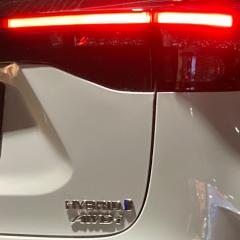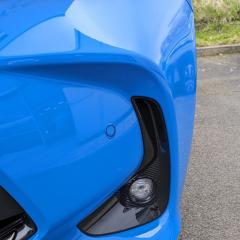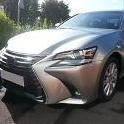2Ad Engine Replacement Poll
Has your engine been changed?
23 members have voted
-
1. Has your engine been changed as a result of excessive oil consumption? TICK ANY THAT APPLY
-
Yes as above
-
Yes as another reason
-
It failed completely0
-
It was done to improve the situation (do not tick this and No 4)
-
I wish I didn't own a Toyota because of this problem
-
I know about the problem but it doesn't bother me.
-
I know about the problem and it does bother me
-
Would it stop you from buying a Toyota?
-
Would it stop you from buying even if you know the engine was changed?
-
Do you use any diesel you can get your hands on?
-
Do you use only high grade fuel?
-
Does a dealer service your car?
-
Dose an independent service your?
-
You service it.
-
-
2. What was the mileage when it was done? TICK ONE
-
Up to 10,000
-
10,001 to 20,000
-
20,001 to 30,000
-
30,001 to 40,000
-
40,001 to 50,000
-
50,001 to 60,000
-
60,001 to 70,000
-
70,001 to 80,0000
-
80,001 to 90,000
-
90,001 to 100,0000
-
Over 100,000
-
-
3. What year was your car when the engine was changed? TICK ONE
-
2006
-
2007
-
2008
-
2009
-
20100
-
20110
-
2012
-














Recommended Posts
Toyota Official Store
Sponsored Ad
Name: eBay
Toyota Model: Toyota Store
Toyota Year: 2024
Latest Deals
Toyota Official Store for genuine Toyota parts & accessoriesDisclaimer: As the club is an eBay Partner, The club may be compensated if you make a purchase via eBay links
Join the conversation
You can post now and register later. If you have an account, sign in now to post with your account.